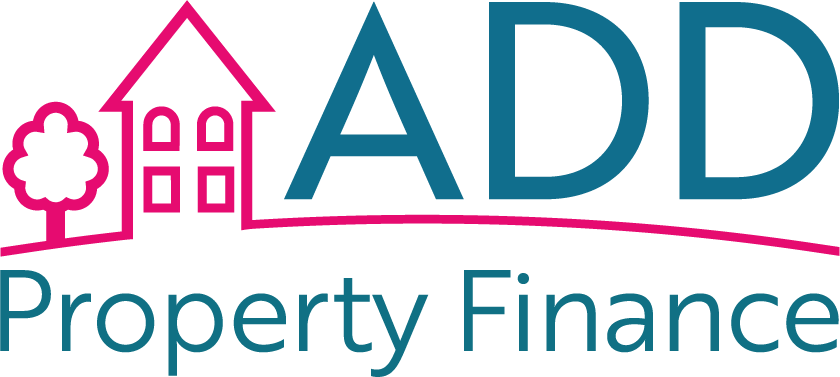Property development is an exciting but capital-intensive venture. Whether you’re looking to flip houses, construct new buildings, or undertake extensive renovations, securing the necessary funds can be a daunting task. This is where bridging loans come into play, offering property developers a flexible and swift financing solution to bring their projects to life.
Understanding Bridging Loans
Bridging loans, often referred to as “bridge loans,” are short-term financing options designed to “bridge” the gap between the purchase or renovation of a property and its eventual long-term financing, such as a mortgage. These loans are typically used for property-related endeavours, making them an ideal choice for property developers.
Quick Access to Capital
One of the primary advantages of bridging loans for property developers is the speed at which they can access funds. Traditional mortgage applications can be time-consuming and may not align with the fast-paced nature of property development. In contrast, bridging loans offer a streamlined application process, often providing approval within weeks or even days.
Flexible Financing
Bridging loans are highly flexible, allowing property developers to use the funds for a variety of purposes:
- Property Acquisition: You can use a bridging loan to secure a property quickly at auctions or when a time-sensitive opportunity arises.
- Renovations and Refurbishments: Finance extensive renovations, refurbishments, or conversions to increase a property’s value.
- Development Projects: Cover construction costs for new developments or property conversions.
- Property Flips: Purchase a property, renovate it, and then sell it for a profit within a short timeframe.
Interest Rates and Terms
Bridging loans typically have higher interest rates than long-term mortgages. However, this is because they are short-term solutions. The interest is often calculated monthly, and the loan term can range from a few months to a couple of years, depending on the lender and the project’s needs.
Exit Strategies
Property developers should always have an exit strategy in mind when taking out a bridging loan. Common exit strategies include:
- Property Sale: Once the project is complete, sell the property to repay the bridging loan.
- Mortgage Refinancing: Secure a traditional mortgage with better terms after improving the property’s value.
- Alternative Financing: Use alternative financing options, such as another bridging loan or investment, to repay the loan.
Working with a Mortgage Adviser
Navigating the world of bridging loans can be complex, especially for those new to property development. This is where a mortgage adviser can be invaluable. They can help you understand your financing options, select the right loan for your project, and guide you through the application process, ensuring a smooth and successful venture.
Conclusion
Bridging loans provide property developers with the flexibility and speed they need to turn their visions into reality. Whether you’re acquiring property, undertaking renovations, or embarking on a development project, bridging loans offer a valuable financial tool to kickstart your project and pave the way for future success in the property market.







